Dry Needling is well-researched and has been growing in interest for the past 20 years. Dry needling (DN) reduces pain and promotes tissue healing, used mostly by Physical Therapists and Chiropractors. But, what does it work for? Explore the ailments below and how dry needling can benefit them.
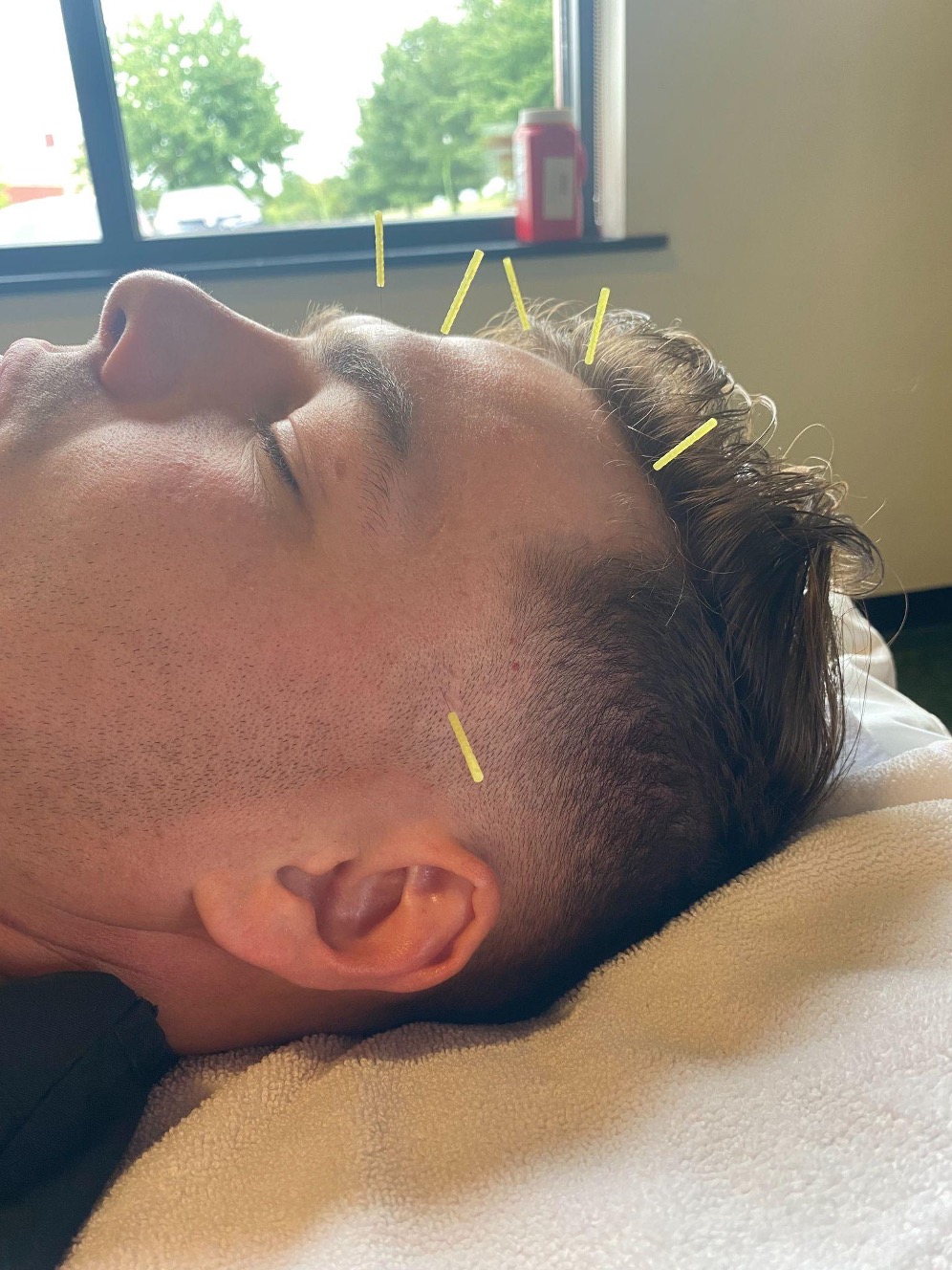
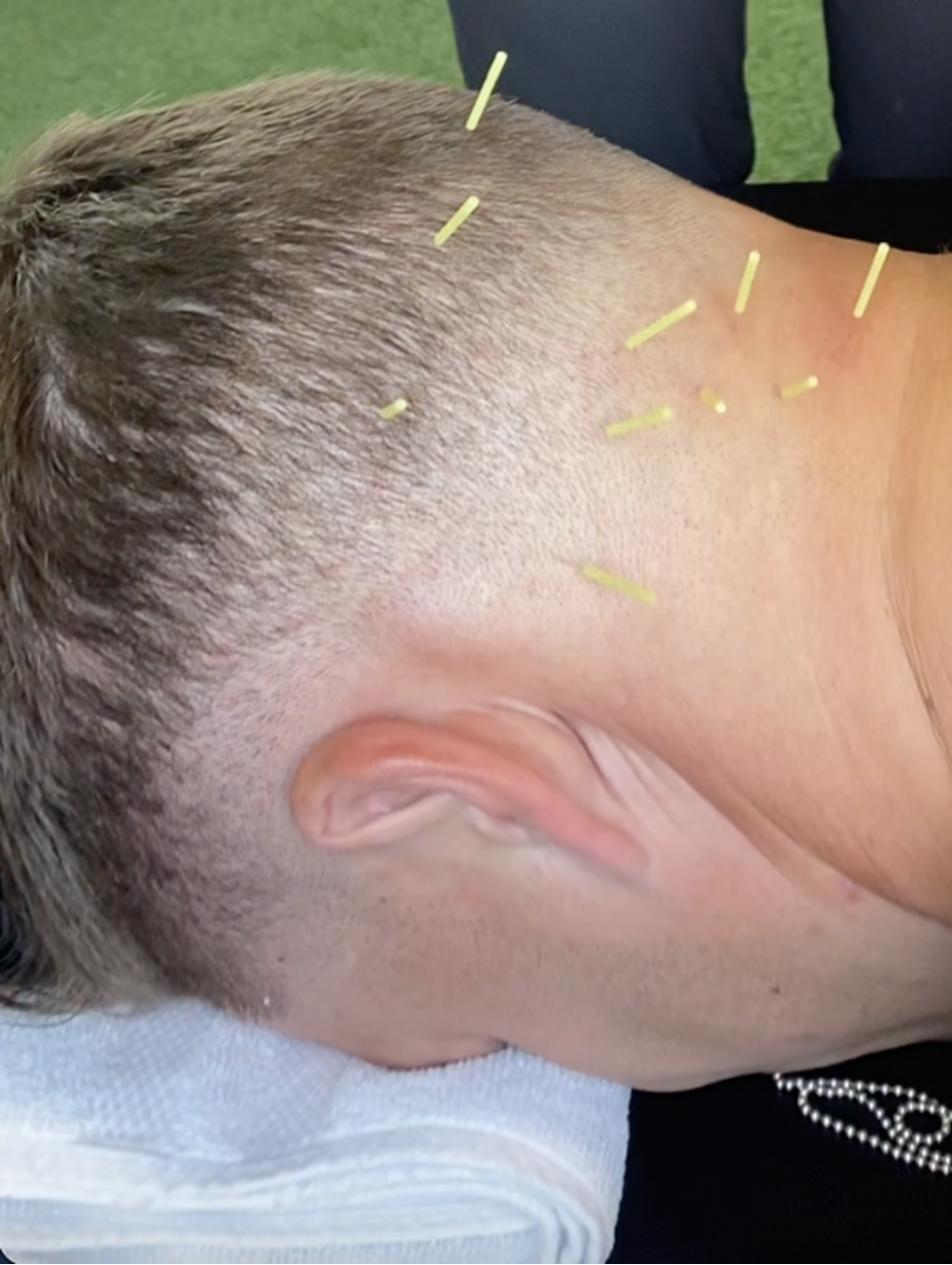
Headaches
There are three major categories of headaches: Cervicogenic, Tension, and Migraines.
Cervicogenic
Usually one side of the head that wraps around to the eyeball. The location of the pain stems from the muscles in the neck and the base of the skull. Often neck stiffness is associated. [1]
Tension
The most common type of headache. This type of headache is often known as a “Stress Headache.” Episodes may last 30 min to 7 days. Sometimes the symptoms are described as a band “squeezing” the skull.[2]
Migraines
The least common headache that affects <12% of individuals. This type of headache has a strong genetic etiology (why they happen). Some common factors that can trigger this headache type are stress, hormonal changes, or other external factors. Although there are many types of migraines, migraines without aura are the most common. Migraines are often associated with several other debilitating symptoms and typically last < 72 hours.[3]
Dry Needling Techniques Used for Headaches
- Trigger Point - Muscles that attach to the top of the shoulder, to the center of the neck, and up to the base of the skull. (Upper Trapezius, Erector Spinae, Splenius Capitis)
- Perineural - For chronic headaches, multiple needles are inserted throughout the neck and back of the head (*face, if having pain predominantly around the eye).
- E-stim may be used. It can take up to 2-3 days for effect. Superficial - Multiple needles may be used along the skull.
- Pecking - Along the base of the skull, there are a few spots that this technique works well on.
Click here for an Explanation of each Dry Needling Technique
Explore Dry Needling at Freedom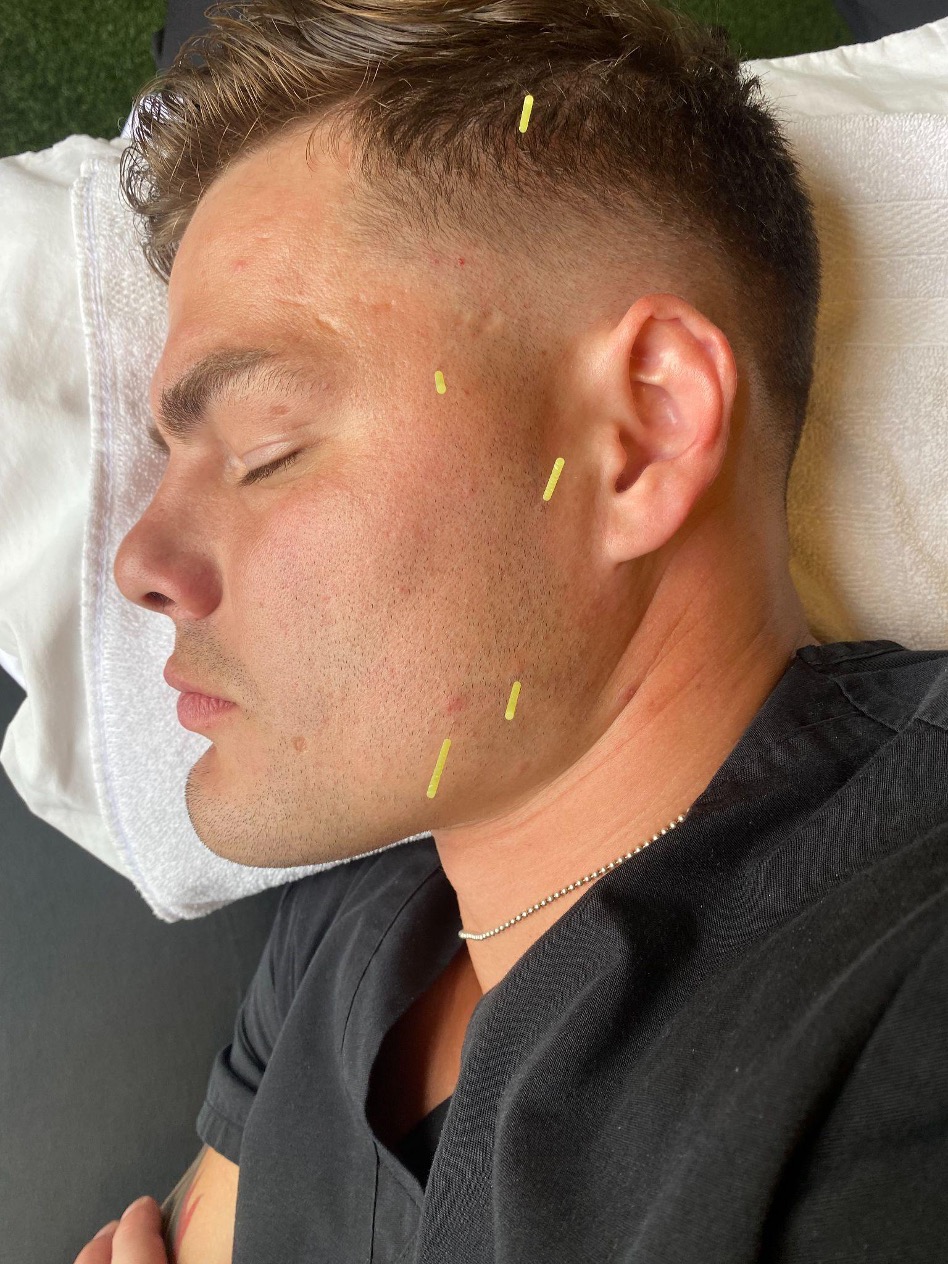
TMJ (Temporal Mandibular Joint)
This is most commonly known as “Jaw Pain''. The Lateral Pterygoid, a muscle in the jaw, contracts when it should be relaxing while the mouth is closing. This biomechanical disorder can cause pain, clicking, or the inability of the mouth to open or close fully. [4]
Dry Needling Techniques Used for TMJ
- Deep - A needle in the triangular muscle that attaches to the jaw (Lateral Pterygoid)
- Perineural - If headaches are associated, multiple needles on the side of the face and head with or without E-stim.
Click here for an Explanation of each Dry Needling Technique
Explore Dry Needling at Freedom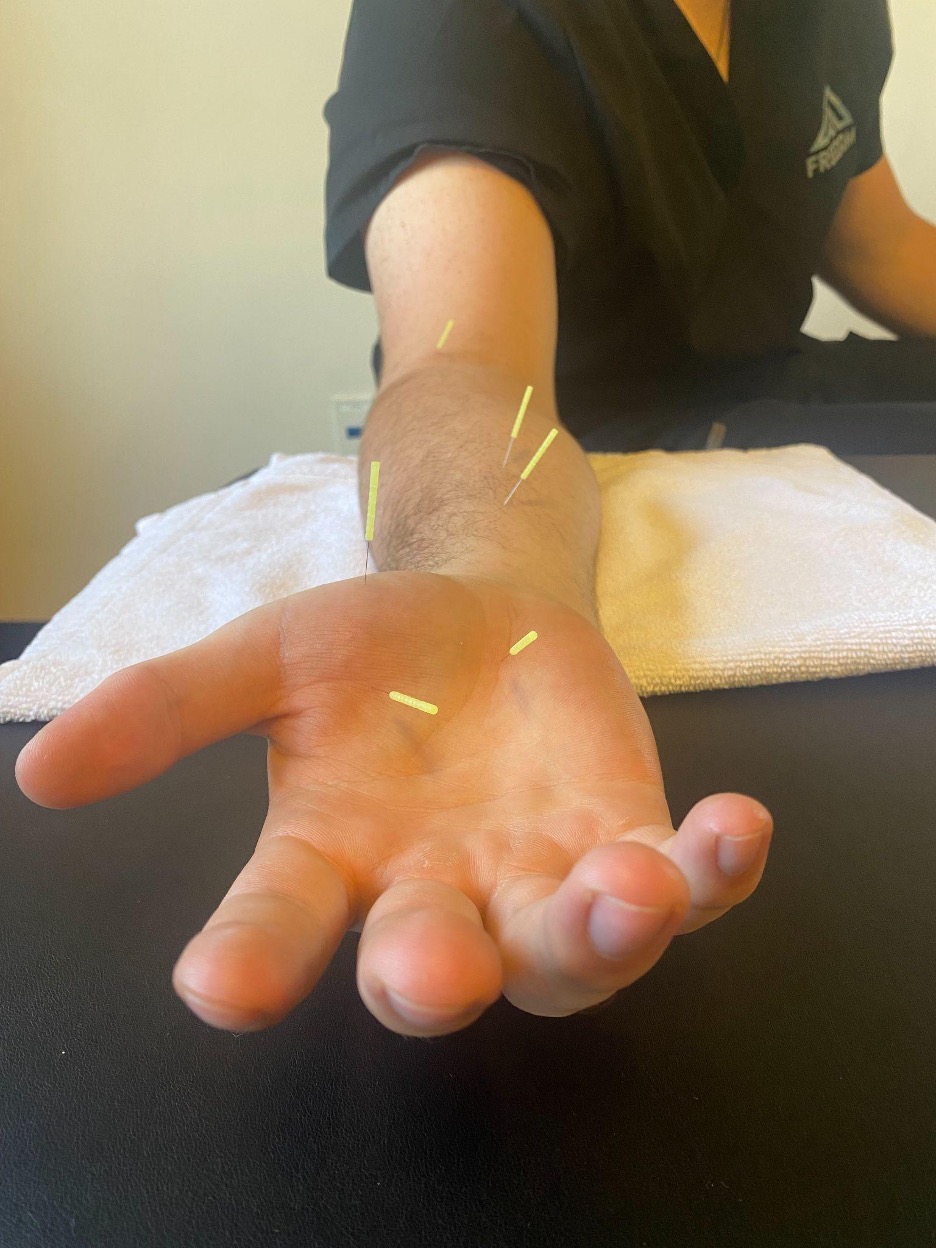
Carpal Tunnel Syndrome
Carpal Tunnel Syndrome (CTS) is a chronic condition. When looking at severe cases of CTS, patients often describe the pain as pins and needles; the symptoms often lead to invasive Carpal Tunnel Release surgery. However, dry needling has been proven to have incredible results in reducing pain, promoting tissue healing, and preventing invasive procedures! CTS happens when the nerve in the wrist (Median Nerve) becomes compressed. The following diagnoses can lead to swelling and put more pressure on the wrist: diabetes, rheumatoid arthritis, thyroid disease, repetitive trauma, and/or pregnancy. [5]
Dry Needling Techniques Used for CTS
- Perineural - Needles will be placed in the wrist and hand with or without E-stim. Needles will sit for up to 20 minutes.
Click here for an Explanation of each Dry Needling Technique
Explore Dry Needling at Freedom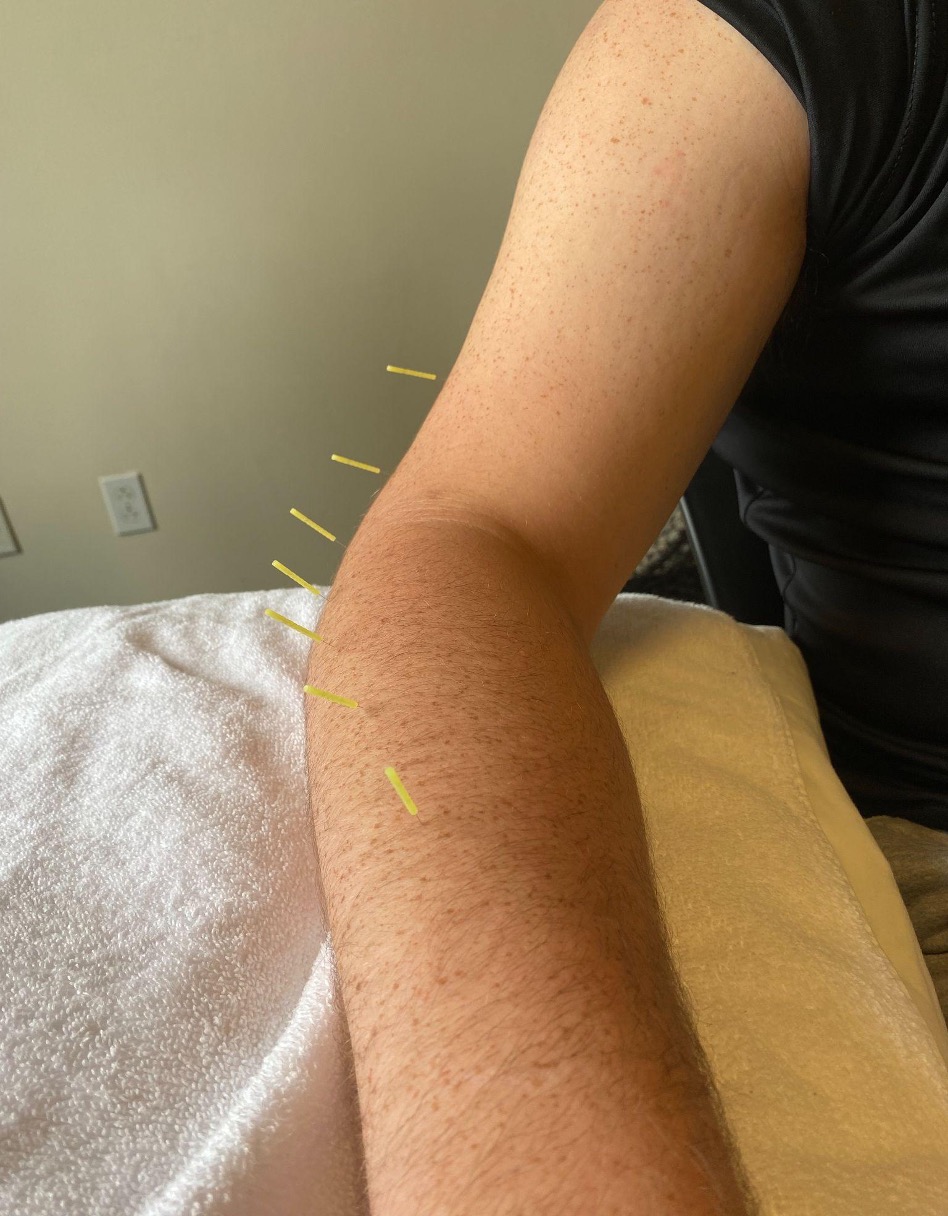
Lateral Epicondylitis (Tennis Elbow)
“Tennis Elbow” often occurs when the Extensor Carpi Radialis Brevis (ECRB) muscle is stressed. Typically, excessive gripping or eccentric “shock” to the ECRB will cause the muscle to pull away from the attachment. Tennis, hammering, jackhammering, or overhead twisting (tightening light bulbs, etc.) tend to be the culprits. Dry needling plays a role in preventing more invasive procedures, including cortisone, PRP, and surgery. [6]
Dry Needling Techniques Used for “Tennis Elbow”
- Perineural - Needles will be placed around the elbow and down the ECRB with or without E-stim. Needles will sit for up to 20 min.
- Trigger Point - The ECRB muscle tends to have few active trigger points. Using a pistoning or fanning technique may supplement perineural well.
Click here for an Explanation of each Dry Needling Technique
Explore Dry Needling at Freedom
Medial Epicondylitis (Golfers Elbow or Little League Elbow)
"Golfers Elbow or Little League Elbow” presents as medial elbow pain and is often the result when the Ulnar Collateral Ligament (UCL) and wrist flexor muscles are strained and inflamed. The UCL is affected by torque from throwing or swinging, while the flexor muscles are from overuse. Lately, UCL surgeries are skyrocketing, despite orthopedic surgeons’ hesitancy to perform such procedures. The number of cases is overwhelming, hence the increase in surgeries performed.
Although much more research is needed, dry needling is proving to play an important role in preventing invasive procedures, including cortisone, PRP, and surgery. [7]
Dry Needling Techniques Used for "Golfers Elbow"
- Perineural - Needles will be placed around the medial elbow and down the flexor group with or without E-stim. Needles will sit for up to 20 min.
- Trigger Point - The Pronator Teres muscle tends to have many active trigger points. Using a pistoning or fanning technique may supplement perineural well.
Click here for an Explanation of each Dry Needling Technique
Explore Dry Needling at Freedom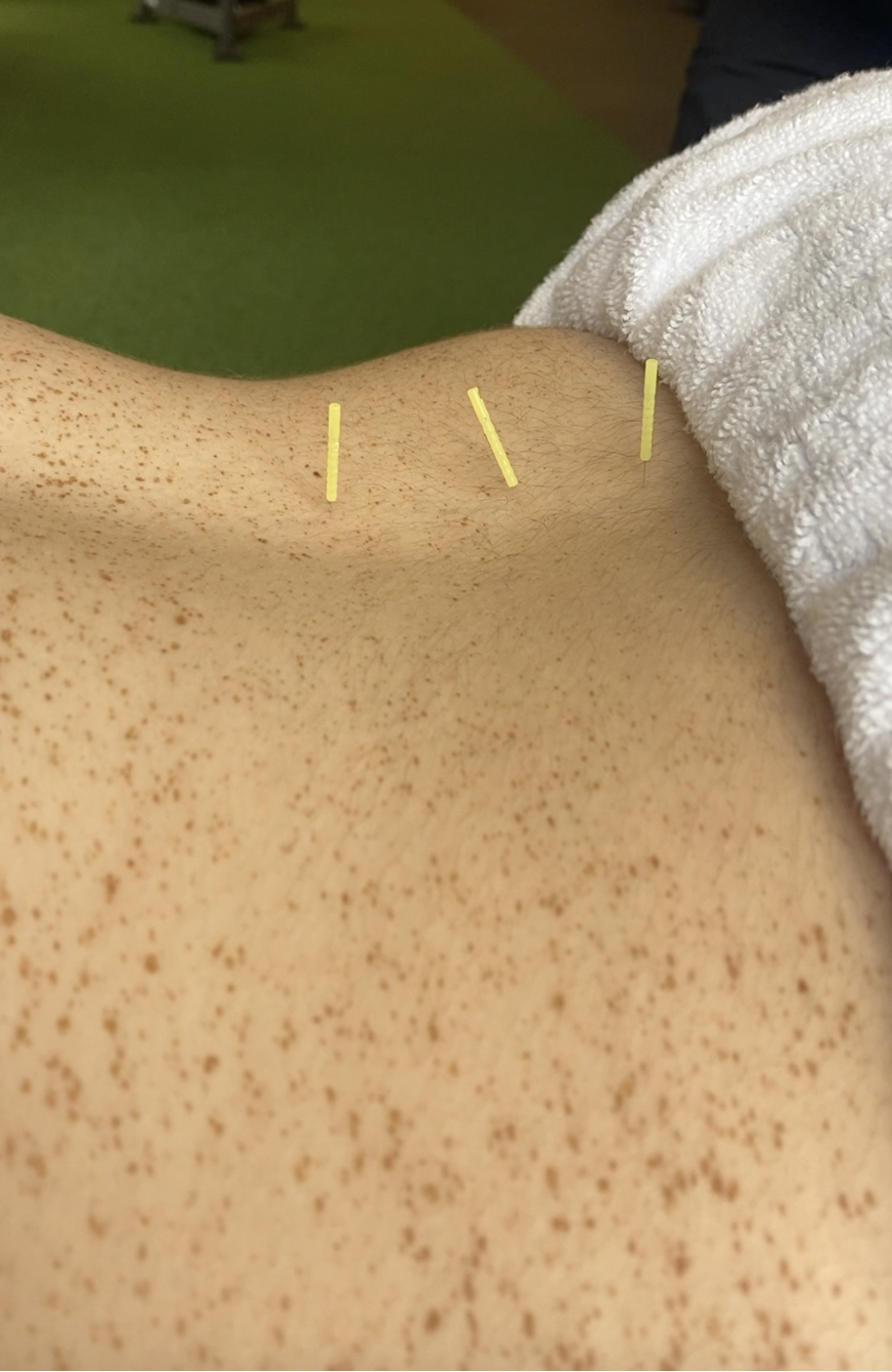
Low Back Pain
Low back pain is by far the most common musculoskeletal condition in the body, which leads to disability. In fact, with a point prevalence of 23%, it is proven to be more detrimental than major depressive disorders, neck pain, COPD, anxiety disorders, migraines, diabetes, and falls. The medical industry and researchers all over the world have been focusing on treatments for low back pain. Exercise, weight management, and general health prove supreme for symptom reduction, but dry needling research is promising. [8]
Dry Needling Techniques Used for Low B
- Trigger Point - The needles will be inserted directly into the back muscles closest to the spine. Pistoning is the most common Trigger Point Technique.
- Perineural -Multiple needles are inserted throughout the low back for chronic back pain. It can take up to 2-3 days for effect.
- Superficial - Multiple needles may be used along the spine.
- Deep - Inserting needles into the Gluteal muscles has proven to be effective in aiding in low back pain.
Click here for an Explanation of each Dry Needling Technique
Explore Dry Needling at Freedom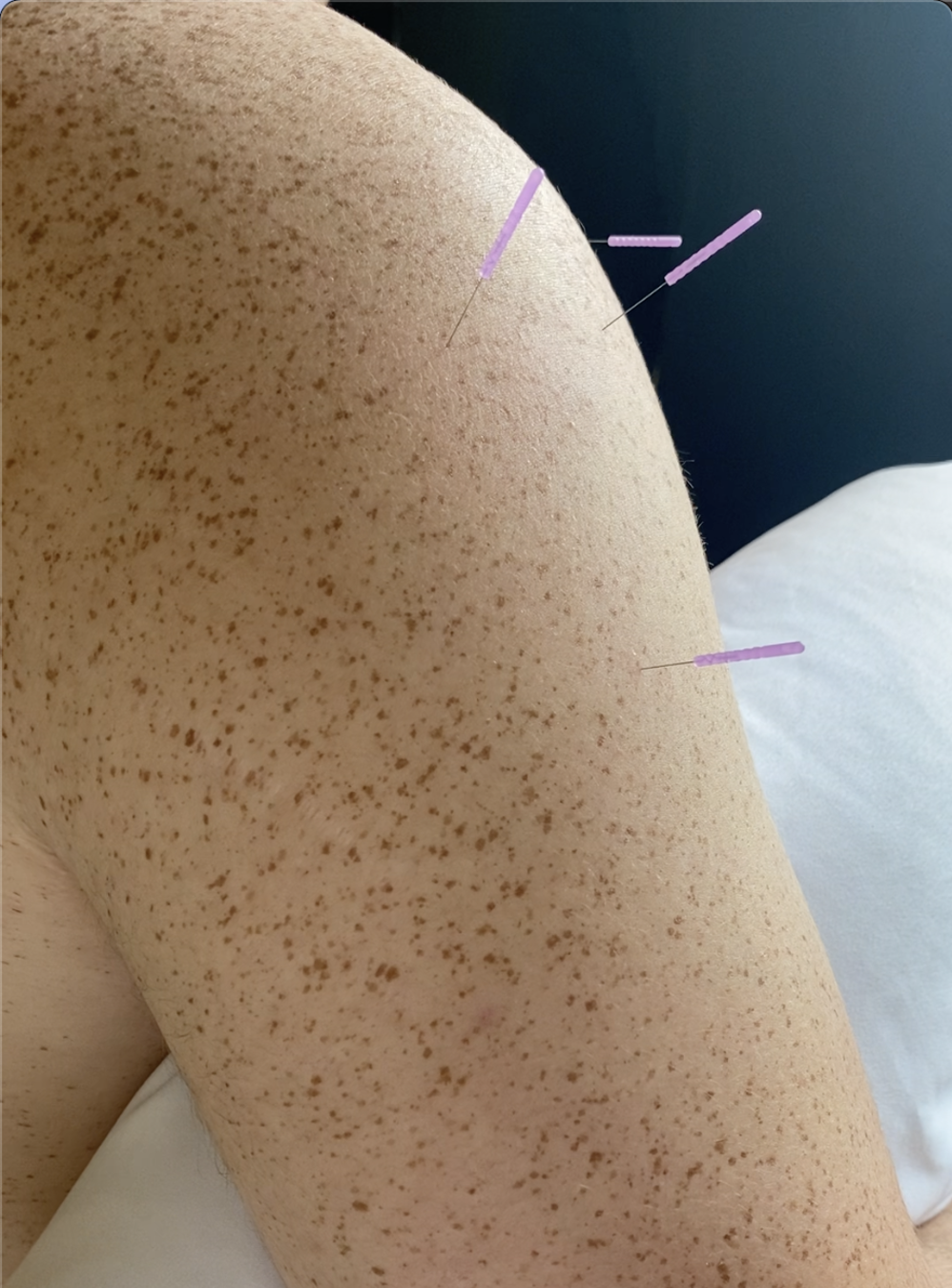
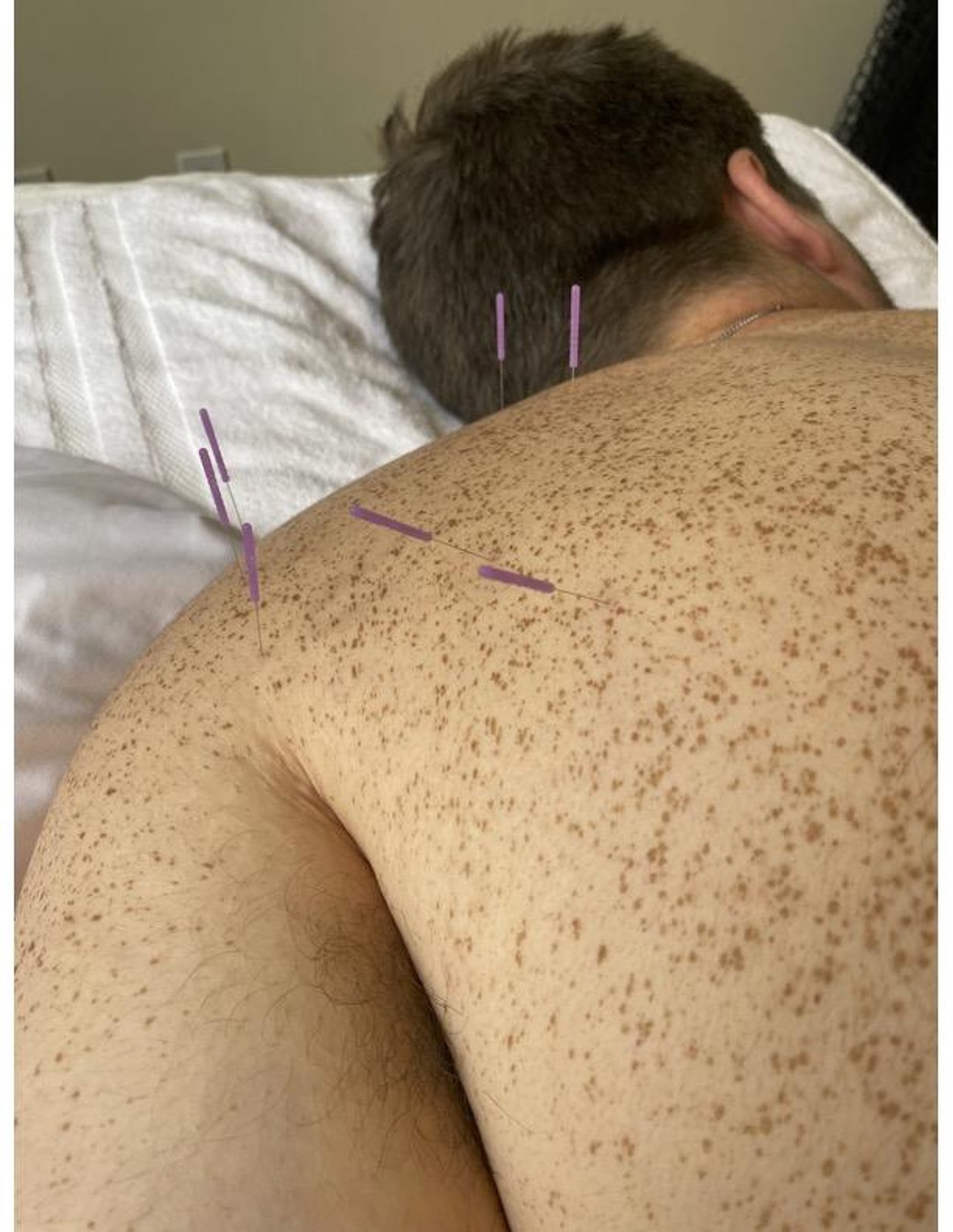
Shoulder Pain
The shoulder is the most complex joint in the body.The research as well as Primary Care Physicians, Orthopedic Surgeons, and Sports Medicine Doctors suggest Physical Therapy first when experiencing shoulder pain. Do not wait until the pain is severe, disabling, or chronic. Typical shoulder pain lingers for years, even decades, and then out of nowhere, becomes intolerable. Dry needling is a tool that, along with Physical Therapy, has incredible results with reducing pain and increasing mobility and function. [9]
Dry Needling Techniques Used for Headaches
- Trigger Point - The needles will be inserted directly into the muscles of the shoulder (Infraspinatus, Teres Major, Supraspinatus, Subscapularis, Deltoids, Etc.)
- Perineural -Multiple needles are inserted throughout the Thoracic Spine. It can take up to 2-3 days for effect.
- Periosteal Pecking - Just above the shoulder blade on the top of the shoulder.
Click here for an Explanation of each Dry Needling Technique
Explore Dry Needling at Freedom